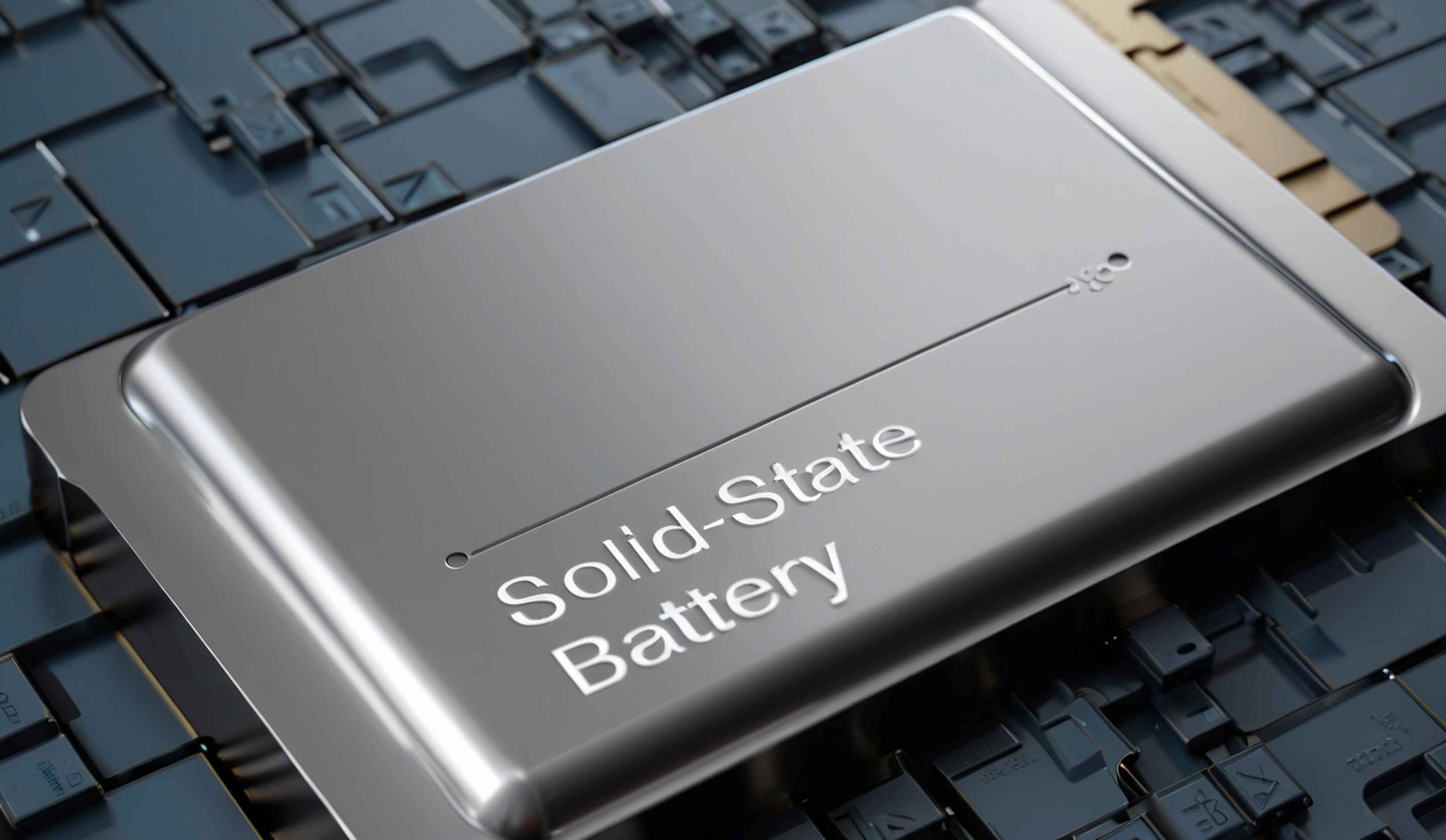The pursuit of advanced energy storage systems has driven significant interest in solid-state batteries, which promise enhanced safety, higher energy density, and longer cycle life compared to conventional lithium-ion batteries. Among the critical components of solid-state batteries, solid electrolytes play a pivotal role in enabling efficient ion transport while maintaining electrochemical stability. Halide-based solid electrolytes, particularly those with dual-halogen compositions, have emerged as promising candidates due to their high ionic conductivity, wide electrochemical stability windows, and compatibility with high-voltage cathode materials. In this work, we present a novel wet-chemistry synthesis route for Li₃YCl₃Br₃ (LYCB), a dual-halide solid electrolyte, and demonstrate its exceptional performance in solid-state battery applications.

Synthesis and Structural Characterization
Traditional methods for synthesizing halide electrolytes, such as mechanical ball milling, face challenges in scalability and compositional uniformity. We developed a scalable wet-chemistry approach using ammonia-assisted precursor formation. The reaction pathway involves:
- Dissolving stoichiometric amounts of YCl₃·6H₂O, NH₄Br, and LiBr in deionized water.
- Vacuum drying at 120°C to obtain the precursor (NH₄)₃[YCl₃Br₃].
- High-temperature sintering at 450°C under argon to yield LYCB.
X-ray diffraction (XRD) analysis confirmed the monoclinic crystal structure (space group C2/m) of LYCB. Rietveld refinement revealed lattice parameters of a = 6.809 Å, b = 11.776 Å, c = 6.776 Å, and β = 108.79°, with Li⁺ ions occupying three distinct sites (4h, 4g, and 8j). This multi-site Li⁺ distribution creates a vacancy-rich framework, facilitating low-energy-barrier ion migration. The refined structural model highlights interconnected Li⁺ diffusion pathways along the ab-plane and c-axis, a feature critical for high ionic conductivity.
Ionic Conductivity and Electrochemical Stability
The ionic conductivity (σ) of LYCB was evaluated using electrochemical impedance spectroscopy (EIS). At room temperature, LYCB exhibited σ = 2.08 mS cm⁻¹, surpassing values reported for Li₃YCl₆ (LYC, 0.51 mS cm⁻¹) and Li₃YBr₆ (LYB, 1.12 mS cm⁻¹) synthesized via ball milling (Table 1). The Arrhenius equation:σT=σ0exp(−kBTEa)
yielded an activation energy (Eₐ) of 0.379 eV for LYCB, lower than LYC (0.498 eV) and LYB (0.378 eV), indicating enhanced Li⁺ mobility. DC polarization tests confirmed negligible electronic conductivity (<2 × 10⁻⁹ S cm⁻¹), ensuring minimal self-discharge in solid-state batteries.
Electrochemical stability was assessed using cyclic voltammetry (CV). LYCB demonstrated a stability window of 3.8 V vs. Li⁺/Li, with reversible oxidation/reduction peaks at 3.2 V and 2.5 V. In contrast, LYC and LYB showed oxidative decomposition above 3.0 V, highlighting LYCB’s superior compatibility with high-voltage cathodes like LiNi₀.₈₃Co₀.₁₁Mn₀.₀₆O₂ (NCM811).
Performance in Solid-State Batteries
All-solid-state batteries (ASSBs) were fabricated using NCM811 as the cathode, LYCB as the electrolyte, and Li-In alloy as the anode. The composite cathode (60 wt% NCM811, 37 wt% LYCB, 3 wt% VGCF) delivered:
- Initial discharge capacity: 184 mAh g⁻¹ at 0.1 C
- Capacity retention: 93% after 200 cycles at 0.3 C
- Rate capability: 115 mAh g⁻¹ at 2 C
These results outperform ASSBs with LYC (81.4% retention) and LYB (87% retention), attributed to LYCB’s higher ionic conductivity and interfacial stability. Cross-sectional SEM revealed intimate contact between LYCB and NCM811 particles, minimizing interfacial resistance. Post-cycling analysis identified an in-situ-formed Y₂O₃ layer on NCM811 surfaces, acting as a protective barrier against electrolyte decomposition.
Mechanistic Insights and Degradation Analysis
XPS and TEM studies elucidated the interfacial evolution during cycling. The Y 3d spectra confirmed Y₂O₃ formation (binding energy: 156.3–158.2 eV), while O 1s spectra showed lattice oxygen stabilization. In contrast, LYC and LYB formed YClO/YBrO species, which are less effective at suppressing side reactions. The Y₂O₃ layer’s inert nature and ionic insulation mitigated cathode-electrolyte interfacial (CEI) degradation, as described by:LYCB+O2−→Y2O3+LiCl/LiBr
This self-passivation mechanism is critical for long-term cycling stability in solid-state batteries.
Comparison with Conventional Synthesis Routes
A key advancement of this work is the replacement of energy-intensive ball milling with a scalable wet-chemistry route. Table 2 compares LYCB’s properties with those of ball-milled analogs:
| Property | Wet-Chemistry LYCB | Ball-Milled LYCB |
|---|---|---|
| Ionic Conductivity (mS cm⁻¹) | 2.08 | 1.12 |
| Activation Energy (eV) | 0.379 | 0.415 |
| Particle Size (µm) | <5 | 1–3 |
| Density (g cm⁻³) | 3.12 | 2.89 |
The wet-chemistry route not only enhances ionic conductivity but also improves processability, enabling dense pellet formation.
Conclusion
We demonstrated a facile, scalable wet-chemistry synthesis of Li₃YCl₃Br₃, a dual-halide solid electrolyte with exceptional ionic conductivity (2.08 mS cm⁻¹) and electrochemical stability (3.8 V). The in-situ formation of a Y₂O₃ protective layer on NCM811 surfaces mitigates interfacial degradation, enabling high-performance solid-state batteries with 93% capacity retention after 200 cycles. This work underscores the potential of wet-chemical methods for industrial-scale production of halide electrolytes, advancing the commercialization of solid-state batteries.
